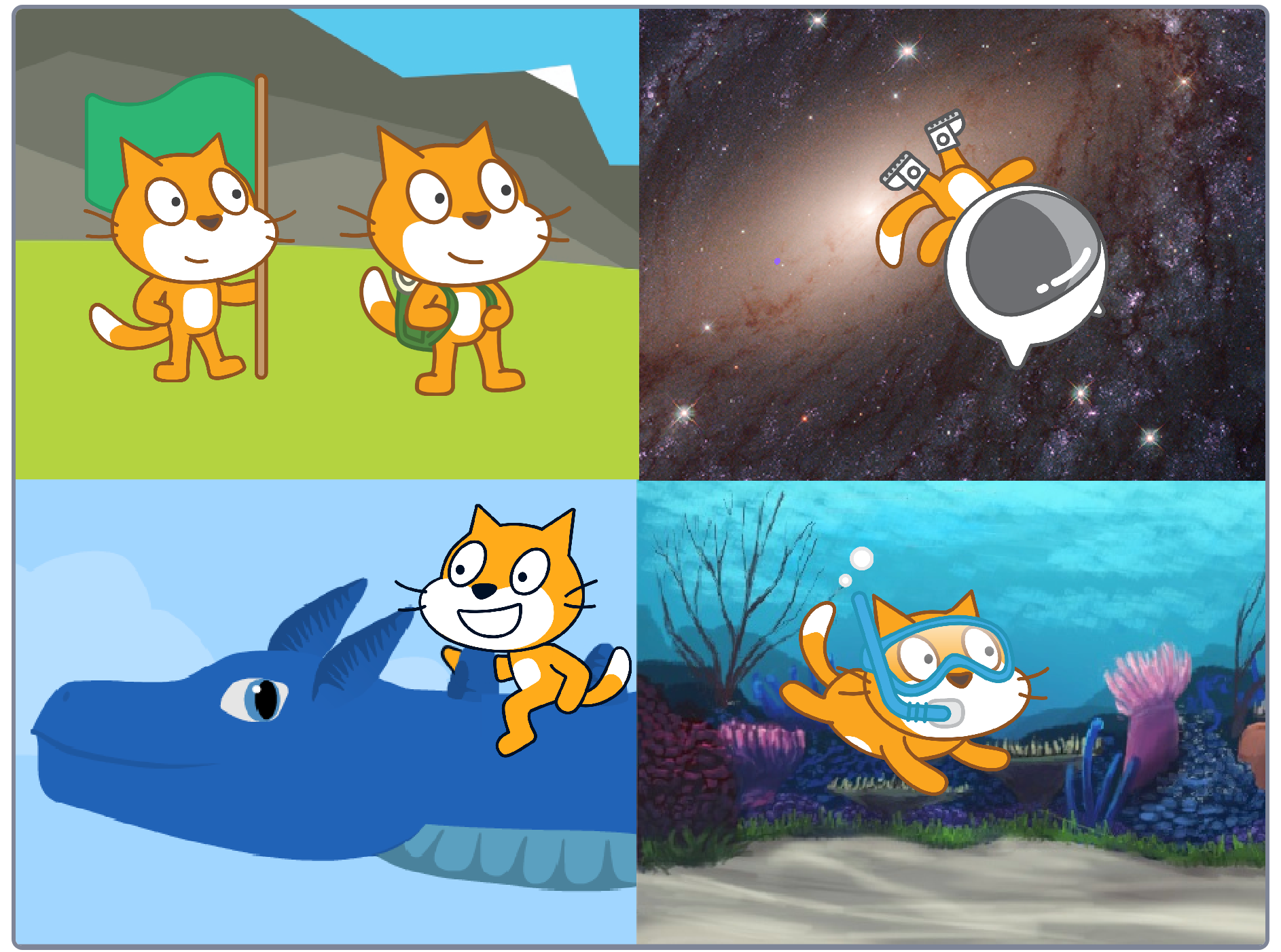
Therefore, I’ve created a CloudFormation template which can be used by (almost) anyone to set up all the services in a couple of minutes. This makes it hard for beginners to benefit from the advantages of using the public cloud services. Unfortunately, setting up such a solution is not very easy either and requires some knowledge about the platform and its services. In general, the costs scale with the number of visitors and the amount of traffic instead of the time a server is up and running. Another nice benefit of such a solution is its cost effectiveness. This means (almost) no operations overhead. In this case, the shortcomings outlined above are not relevant since the services are regularly updated, are highly available and scale automatically. Modern public cloud offerings, for example the ones provided by Amazon Web Services (AWS), allow hosting static websites by combining multiple managed services. Last but not least, you are paying for running the server even if no users are visiting your site. Again, this might have a negative impact on money earned with the website. Running only on one server might mean that the site “gets slow” and the experience for your users degrades. Furthermore, your website might get some serious attention which might result in a high amount of traffic. If the website is used for selling products or services the corresponding stream of revenue runs dry. Next, servers can fail which means that the website is not available at least temporarily.
SCRATCHPAD WEBSITE SOFTWARE
Although setting this up is no real challenge and step-by-step tutorials are easy to find it has some disadvantages.įirst, the software running on the server must be updated regularly at least when it comes to applying security patches. Traditionally, when it comes to hosting these kinds of websites a webserver is used. Examples include blogs managed by tools like Jekyll or modern Single Page Applications (SPA) backed by frameworks like Angular, React, etc. HTML pages, CSS and JavaScript files, images, etc. International Journal of Human Computer Studies, 1997.In many cases a website only consists of static content, e.g. How people revisit web pages: Empirical findings and implications for the design of history systems. In 3rd Conference on Human Factors and the Web, Denver, June 1997. Visualizing websites using a hierarchical table of contents browser: Webtoc.


Chimera-l.70, xl 1/athena world-wide web client.



 0 kommentar(er)
0 kommentar(er)
